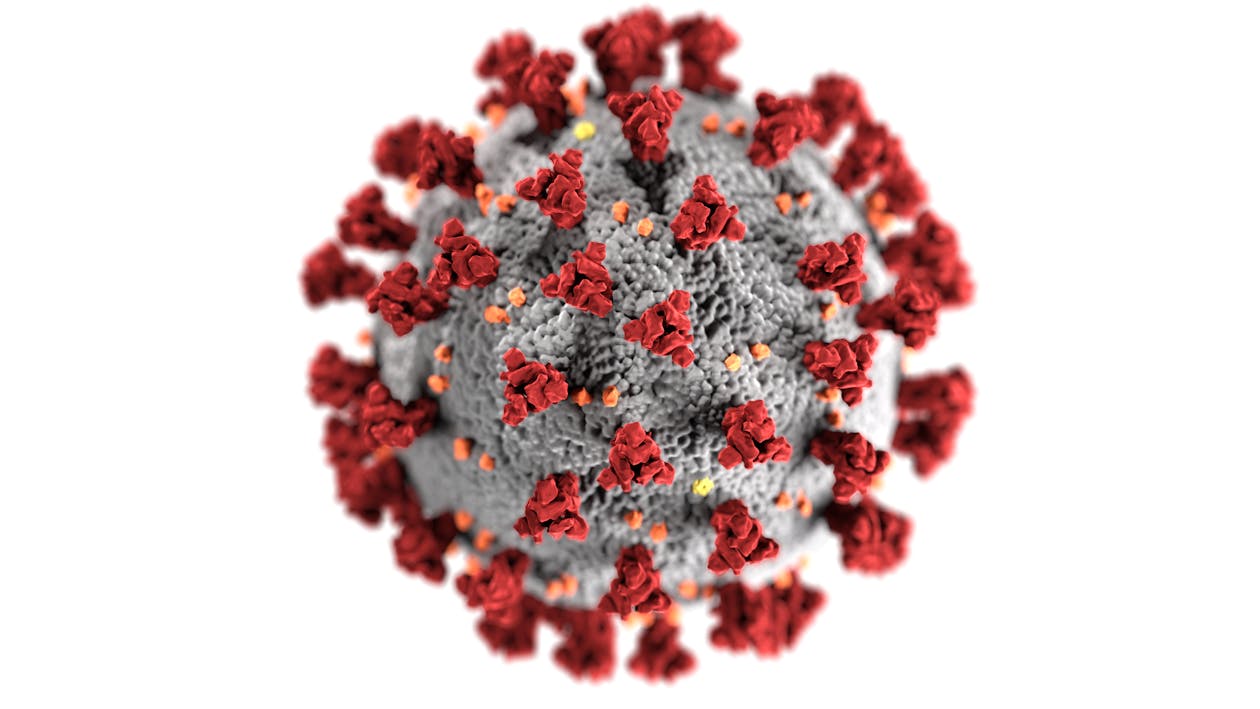Ayurvedic Insights on the Japan Flu Outbreak
As health authorities in Japan report a significant surge in seasonal influenza cases, reaching levels often seen at the peak of winter, the global community is once again reminded of the importance of robust immune health. While conventional measures focus on vaccination and antiviral treatments, Ayurveda, the ancient Indian science of life, offers a time-tested, proactive approach focused on building the body's natural resilience.
This article explores the Ayurvedic perspective on large-scale viral illnesses and provides actionable wisdom for strengthening your own defenses, drawing parallels between ancient concepts and modern needs in light of the **Japan flu outbreak**.

The Ayurvedic View of Epidemics: Janapadodhwamsa
Ayurveda has a specific branch of study for epidemics known as *Janapadodhwamsa*, which translates to "the devastation of communities." The classical texts, such as the *Charaka Samhita*, astutely observe that widespread illness arises not solely from a pathogen, but from a collective imbalance in four key factors: *Vayu* (air), *Jala* (water), *Desha* (land), and *Kala* (time/season). Unseasonal weather patterns and environmental degradation weaken the collective's health, making a population more susceptible to disease.
However, Ayurveda teaches that even when these external factors are vitiated, a pathogen can only cause significant disease if an individual's internal environment is hospitable to it. This is where the concepts of *Agni* (digestive fire) and *Ojas* (vital immunity) become paramount. A person with a strong Agni and abundant Ojas is considered to have high *Vyadhikshamatva*—the power to resist disease. Therefore, the primary Ayurvedic strategy during any flu season, including the current **Japan flu outbreak**, is to fortify these internal defenses.
Understanding the Flu as Jwara (Fever)
In Ayurvedic terms, the flu is understood through the lens of **Jwara**, the classical term for fever. Jwara is considered the "king of all diseases" because it affects the body, mind, and senses. Ayurveda does not view fever as the enemy itself, but as a powerful and intelligent response by the body's Agni to "cook" and destroy invading toxins (*Ama*) and pathogens. The flu typically presents as a *Sannipataja Jwara*, where all three doshas are involved, leading to a complex array of symptoms like body aches (Vata), high fever and inflammation (Pitta), and congestion (Kapha).
The Ayurvedic approach is not to suppress the fever aggressively but to support the body's healing process. This involves "digesting" the fever by strengthening Agni, eliminating Ama, and pacifying the aggravated doshas. This perspective is crucial when considering natural remedies for viral fevers.
"The current **Japan flu outbreak** highlights the Ayurvedic principle that our internal terrain is just as important as the external pathogen," says Sparsh Varshney, Founder of Amidha Ayurveda. "Our focus should be on building a strong foundation of health through proper diet, lifestyle, and potent herbs. When your Ojas is strong, your body has the innate intelligence to defend itself effectively. This is the ultimate form of preventive medicine."
Practical Ayurvedic Strategies for Flu Season
In light of reports from health bodies like the World Health Organization (WHO) on global flu trends, building resilience is a sound strategy. Ayurveda offers a three-stage protocol for prevention, early-stage management, and recovery.
Stage 1: Prevention (Building Ojas)
The most powerful approach is to strengthen your body before you get sick.
- Nourish Your Ojas: Consume Ojas-building foods like ghee, dates, soaked almonds, and warm, spiced milk. A strong Ojas is the foundation of a robust immune system. You can learn more in our **Ultimate Guide to Ojas**.
- Follow Dinacharya: A consistent **daily routine** is critical for keeping the doshas in balance. Prioritize adequate sleep, aiming to be in bed by 10 PM.
- Use Rasayana Herbs: Incorporate rejuvenating herbs like **Ashwagandha** (Withania somnifera) or **Amla** (Emblica officinalis) into your daily routine. Chyawanprash, a jam made from Amla, is a classic Rasayana for immunity.
Stage 2: Early Onset of Symptoms
If you start to feel the first signs of illness (scratchy throat, body aches, chills), the focus immediately shifts from nourishing to cleansing.
- Langhana (Lightening Therapy): Reduce your food intake significantly. A simple diet of warm vegetable broth, thin rice gruel (*manda*), or kitchari gives your Agni a chance to focus on digesting the pathogen and Ama, rather than heavy food.
- Sip Hot Herbal Teas: Drink hot ginger tea with a pinch of black pepper throughout the day. This helps your body to "cook" the fever and promotes sweating, a natural way to release heat and toxins.
Stage 3: Recovery
After the fever breaks, gently re-nourish the body to rebuild strength. Start with well-cooked, easily digestible foods and continue with supportive herbs like Licorice (*Yashtimadhu*) to soothe the respiratory tract.

What It Means for Ayurveda Practice
The news of the **Japan flu outbreak** serves as a powerful reminder of Ayurveda's enduring relevance. It reinforces the importance of moving beyond a reactive, symptom-based approach to health and embracing a proactive, holistic model of wellness. Building a strong Agni and abundant Ojas through a balanced diet, consistent lifestyle, and the support of potent Ayurvedic herbs is not just a strategy for flu season—it is a blueprint for lifelong health and resilience.
As confirmed by modern research on herbs like Tulsi and Guduchi available on platforms like PubMed, the immunomodulatory properties of these ancient remedies offer a scientifically valid path to strengthening our natural defenses. By integrating this ancient wisdom into our modern lives, we can better prepare ourselves for seasonal challenges and cultivate a deeper state of well-being.

No comments:
Post a Comment